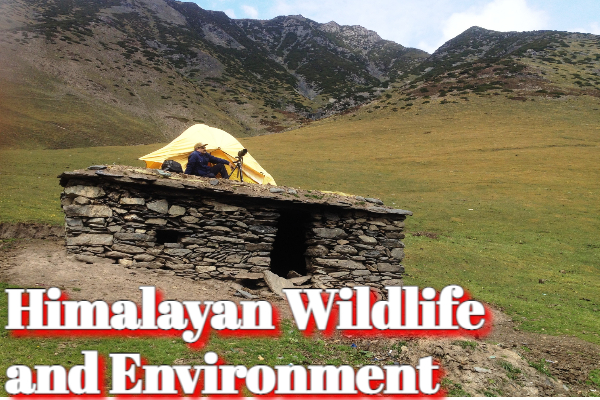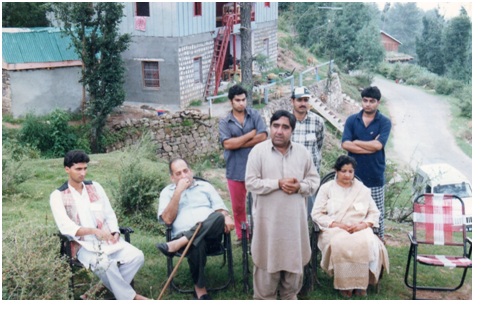HIMALAYAN WILDLIFE & ENVIRONMENT PROTECTION
The Indian Himalayan region with an area of 5,33,000 sq. km. includes 9 mountain states and two Union Territories from north and north-eastern borders of India. These are a complex chain of mountains ranging up to an altitude of 8850 mtrs above mean sea level. The word Himalaya has originated from Sanskrit word Hima meaning snow and alaya meaning abode, so it literally means abode of Snow. At international level this mountain chain in India shares borders with 6 neighboring countries. This makes Himalayas a key strategic location in the region. Besides this the region is blessed with wide variety of flora and fauna and its communities add to the rich and diverse culture of India. Ensuring safety of Himalayas and protecting wildlife of the region is a great service to the nation. Safe borders and safe wildlife habitats will ensure continued and sustained ecological benefits not only in Himalayas but also to billions in the plains.
It is important to note that biodiversity across Himalayas is the fuel that keeps our critical ecosystems nourishing and running sustainably. At the same time Himalaya has tremendous role in safeguarding people’s lives and health. Realising the need to project this unique natural and cultural heritage, NDF has designed a special programme for the conservation and protectection of Himalayan Wildlife. As part of this NDF focuses on the conservation of iconic wildlife species as well as critical ecosystems in northern India.
We are committed to:
National Development Foundation (NDF) work with a wide range of stakeholders for conserving and protecting Himalayan Wildlife and critical ecosystems for continued social, economic and environmental benefits. This programme of NDF focuses on environmental protection, conservation and awareness by building partnerships with Government, research institutions, educational institutions and civil society organizations. NDF aims at effective implementation of environment & wildlife related policies & legislations. To achieve the overall objectives of Nature and wildlife conservation, we aim to work closely with communities, several leading scientists, conservationists, educators and experts from varied professional backgrounds with a passion for conservation of nature and natural resources. As part of this programme the focal area of our work will be Northern India in general and Western Himalayas in particular. Ecotourism initiatives in natural areas and key wildlife habitats will be promoted as means for nature conservation and for providing alternate sources of livelihood.









